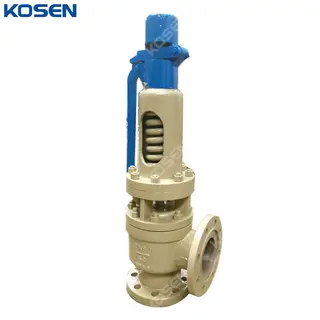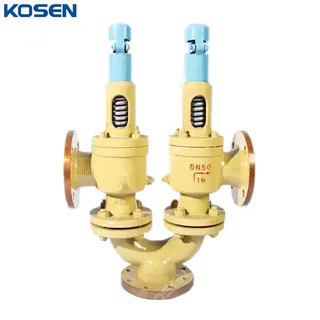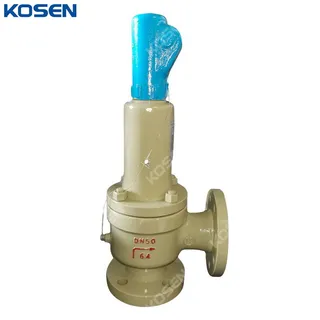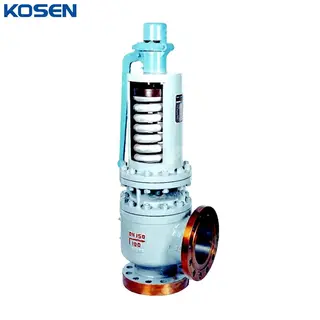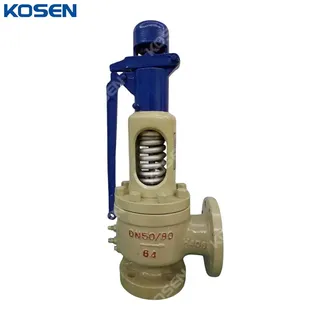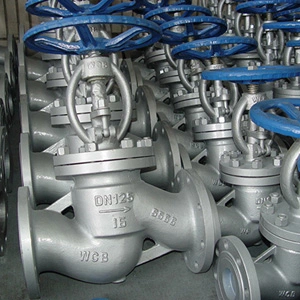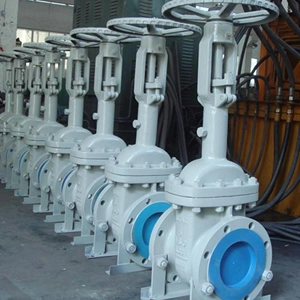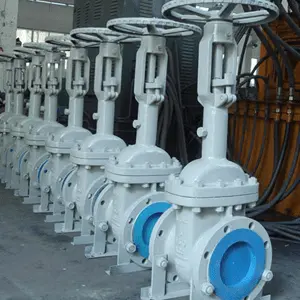Twin Spring Safety Valve, API 526, ASTM A216 WCB, DN80, PN16
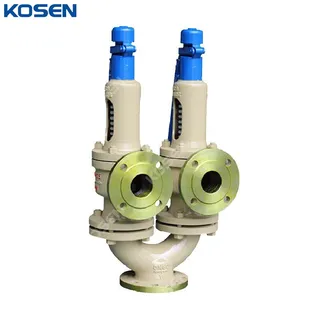
Key Specifications / Features
Detail Information
Product Name: Twin Spring Type Safety Valve
Design Standard: API 526
Body Material: ASTM A216 WCB
Size: DN80, 3 Inch
Pressure: PN16, Class 150 LB
End Connection: RF Flanged
The Twin Spring Type Safety Valve consists of two A47H and A48Y type safety valves of the same specifications, mounted on a Y-type joint. The nominal diameter of this valve refers to the inlet diameter of the Y-type joint. Safety valves are essential devices designed to prevent pressure equipment and containers from exploding due to excessive internal pressure. They function by releasing pressure when it exceeds a predetermined limit, ensuring the safety and integrity of the system.
Technical Specifications
» Product Model: A37H, A43H
» Normal Size Range: 2-6 Inch (DN50-DN150)
» Normal Pressure Rating: Class 150 LB (PN10-PN40)
» Materials: Carbon Steel, Stainless Steel, Alloy Steel, Duplex, or Other Specials
» Design and Manufacture: GB/T 12243-1989, API RP 520, 521, API 526, API 527
» Face to Face (End to End): GB/T 14087, JB/T 6441, JB/T 2203, JB/T 9624, JB/T 53170
» Flanged Connection: ASME B16.5, DIN 2543 to 2545, EN 12627
» Test and Inspection: API 598, DIN 3230, MSS SP-117
» End Connections: Flanged (FF, RF, RTJ) to international standards
» Working Medium: Air, steam
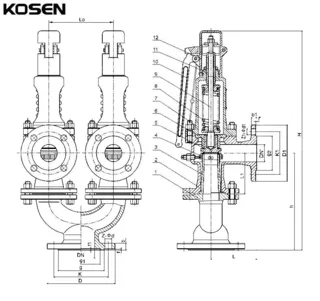
Product Features
When the pressure inside the equipment exceeds the specified working pressure and reaches the safety valve's opening pressure, the force exerted by the internal medium on the valve exceeds the force applied by the loading mechanism. As a result, the valve disc lifts off the valve seat, allowing the safety valve to open and release the internal medium through the valve seat. If the safety valve’s displacement surpasses the equipment’s safe discharge capacity, the pressure inside the equipment will gradually decrease. After a brief exhaust period, the pressure will return to normal working levels.

